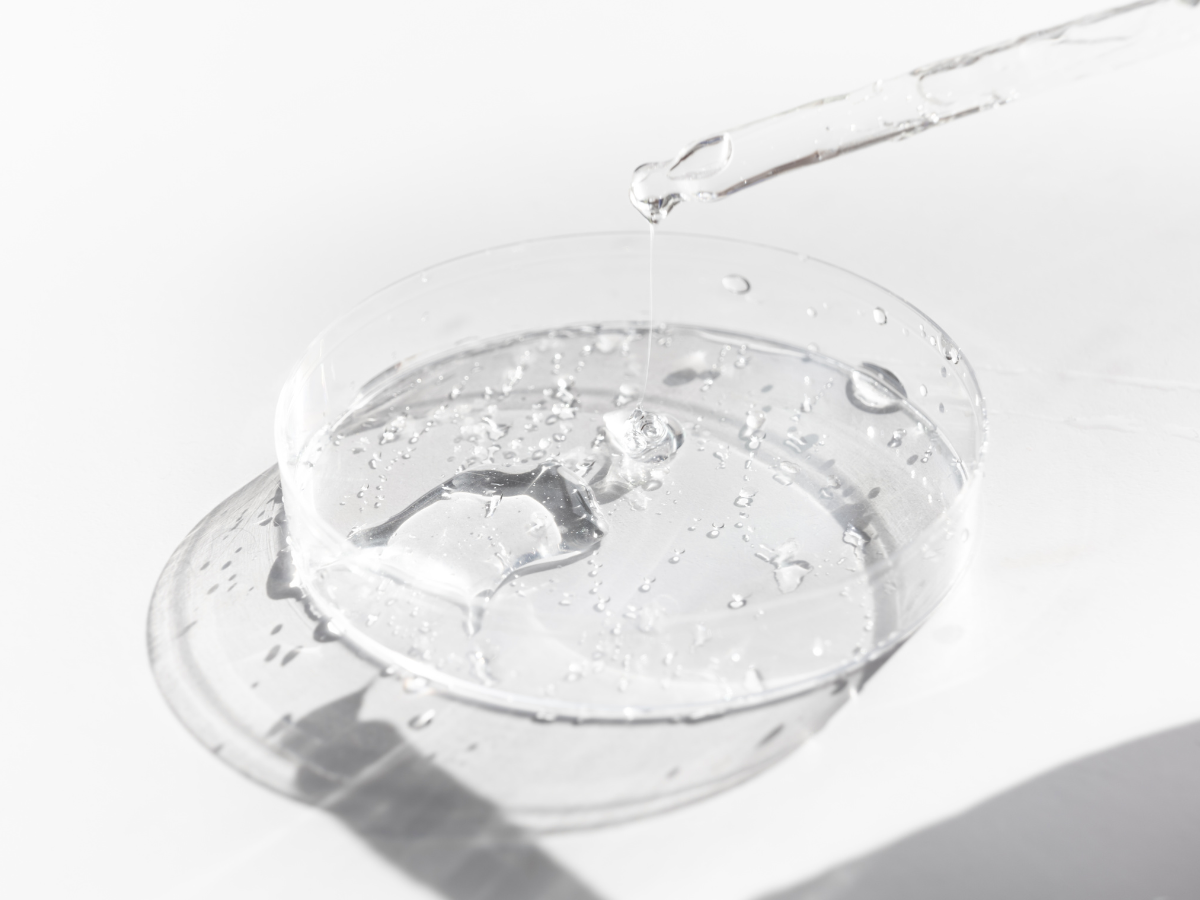Today marks the date of application of the new EU In Vitro Diagnostics Regulation (EU) 2017/746 and with it the most transformative regulatory framework impacting in vitro diagnostics in Europe.
We at Critical Catalyst welcome and celebrate this important milestone in the diagnostics field!
Our team will continue to lead the way on regulatory affairs support to in vitro diagnostics manufacturers, ensuring that vital diagnostic solutions comply with the requirements on safety and performance and remain available to healthcare professionals and patients.
Regulatory background
Medical devices, including in vitro medical devices, have a fundamental role in saving lives by providing healthcare solutions for the diagnosis, prevention, monitoring, prediction, prognosis, treatment or alleviation of a disease.
Regulation (EU) 2017/746 (IVDR) replaces Directive 98/79/EC (IVDD) and significantly reinforces the regulatory framework applicable to in vitro diagnostic medical devices.
Application of new In Vitro Diagnostics Regulation
As of today, new rules on in vitro diagnostic medical devices such as HIV tests, pregnancy tests or COVID-19 tests, will be applicable, aiming to better protect public health and patient safety in respect to these devices, bringing EU law in line with technological progress and medical advances. By aligning market access requirements in the different EU Member States, it also boosts a free and fair market access for manufacturers.
In summary, the new Regulation on in vitro diagnostic medical devices introduces several important advances:
– Improves the quality, safety and reliability of in vitro diagnostic medical devices with a new risk-based device classification system;
– More detailed and stringent rules on the evaluation of device performance;
– Greater involvement of independent conformity assessment bodies (‘notified bodies’). Additionally, panel of experts and EU reference laboratories can be involved in the assessment of the highest-risk in vitro diagnostics;
– A unique device identifier will be mandatory for every IVD to reinforce traceability through EUDAMED;
– For medium and high risk devices a Summary of Safety and Performance will be made publicly available;
– Enhances vigilance and post-market surveillance, with manufacturers having to proactively collect data about their performance and EU authorities closely coordinating their vigilance and market surveillance activities.
Some important notes:
Although five years have passed since the new IVDR first came into force, there are still some key aspects that are not fully in place concerning the sufficient infrastructure to support the new regulation, and in particular, the limited Notified Body capacity, which is why the regulation was amended in January 2022 to grant many existing IVDs a further three to five more years to transition to the new requirements. Regarding requirements application, the in vitro diagnostics are divided in three IVD categories, to which the IVDR applies differently:
– Old devices (devices placed on the market under the IVDD before the date of application);
– New devices (devices placed on the market under the IVDR, regardless of the date of application); and
– Legacy devices (devices with an IVDD CE certificate valid past the date of application and IVDD devices with a valid declaration of conformity issued before the date of application).
Regardless, the folowing requirements apply from 26 May 2022:
From 26 May 2022 all IVD manufacturers must:
– Update QMS to meet the IVDR.
– Update design control to include General Safety and Performance Requirements for new devices and significant changes.
– Implement Chapter VII of the IVDR post-market requirements including PMS Plan, PMS Report, PMPF and vigilance with trend reporting.
– Clinical performance studies according to Annex XII and XIV as appropriate and address ISO 20916.
– Appoint a Person Responsible for Regulatory Compliance (PRRC) before placing IVDs on the market under the IVDR.
– Register in EUDAMED, when applicable.
References:
Regulation (EU) 2017/746 on in vitro diagnostic medical devices.
MDCG 2022-8 – Regulation (EU) 2017/746 – application of IVDR requirements to ‘legacy devices’ and to devices placed on the market prior to 26 May 2022.














